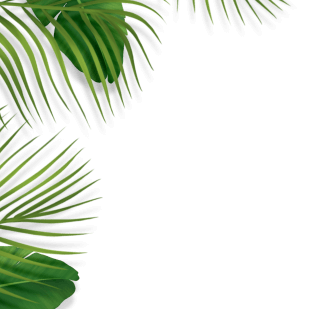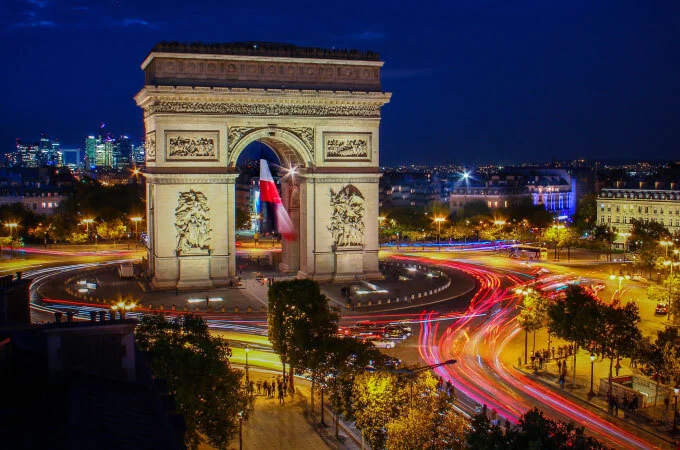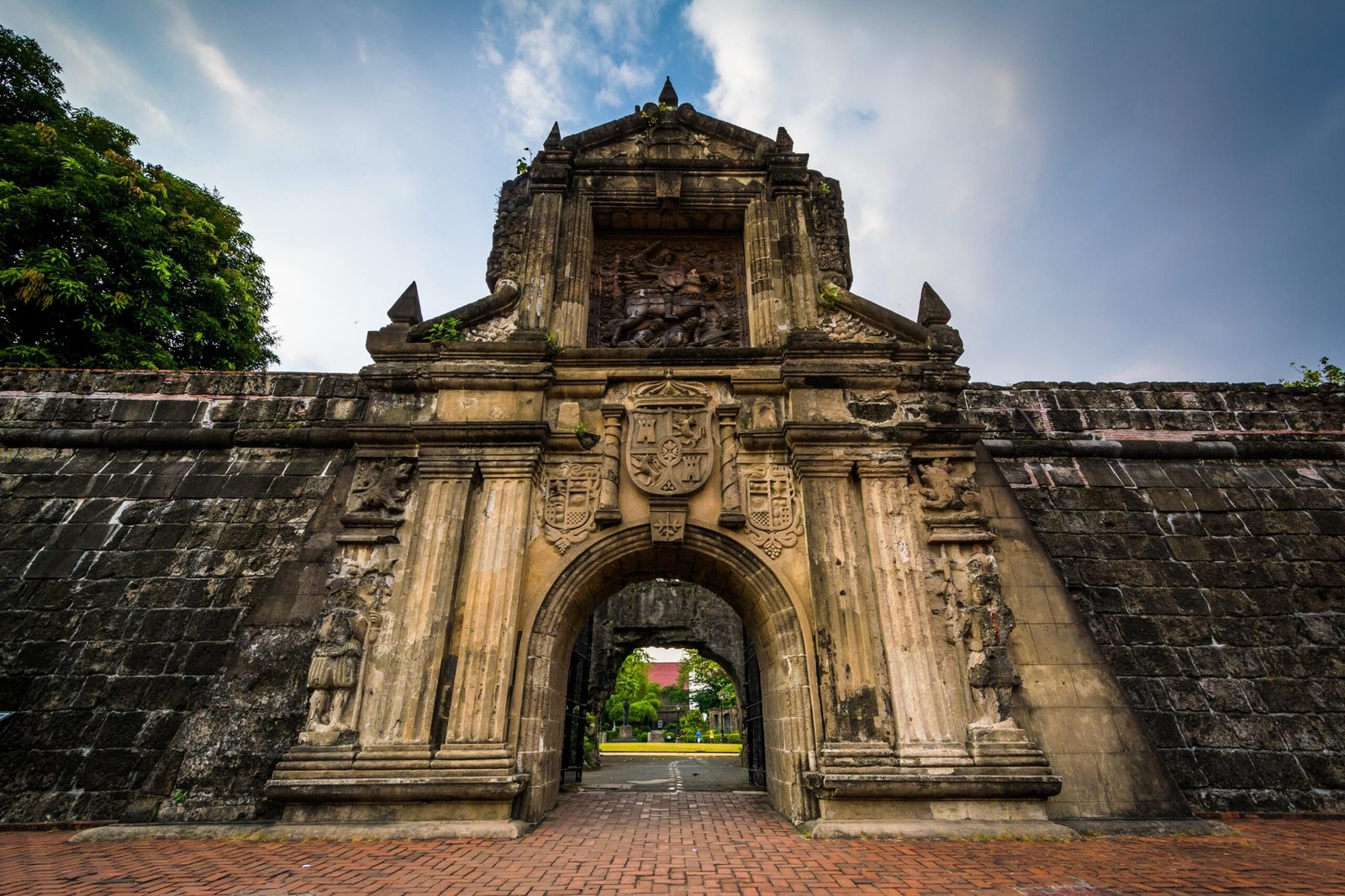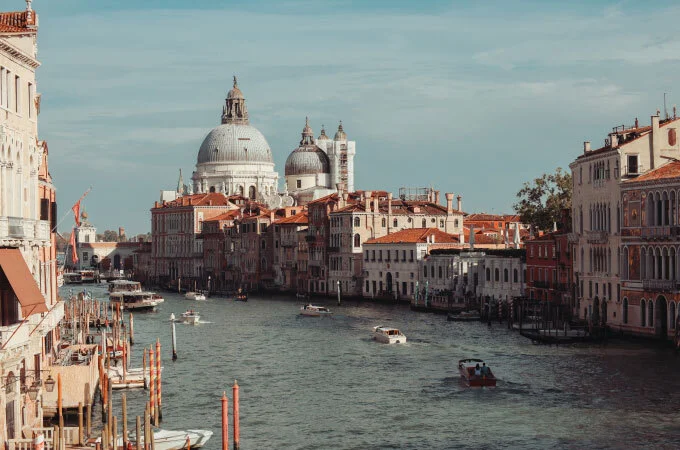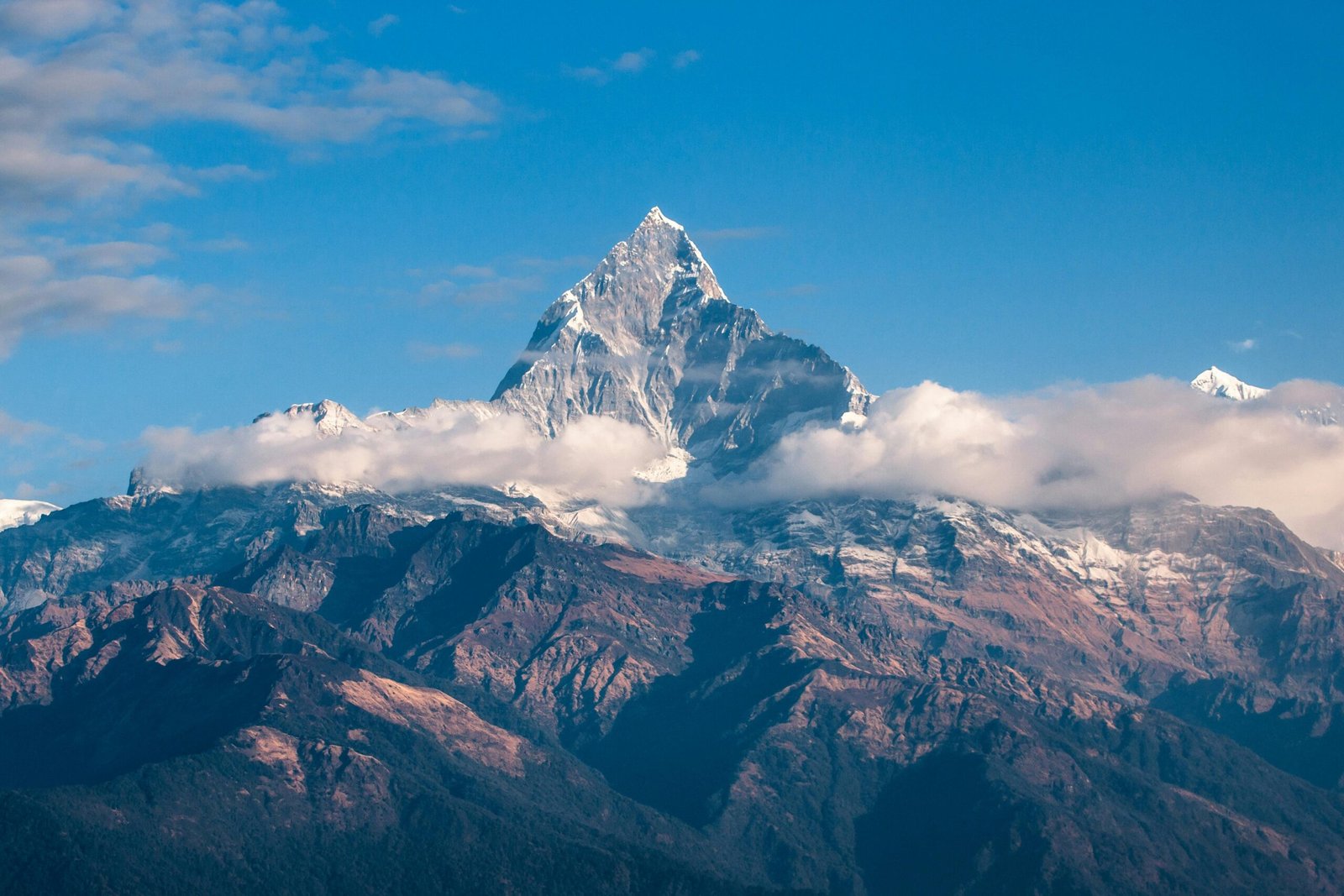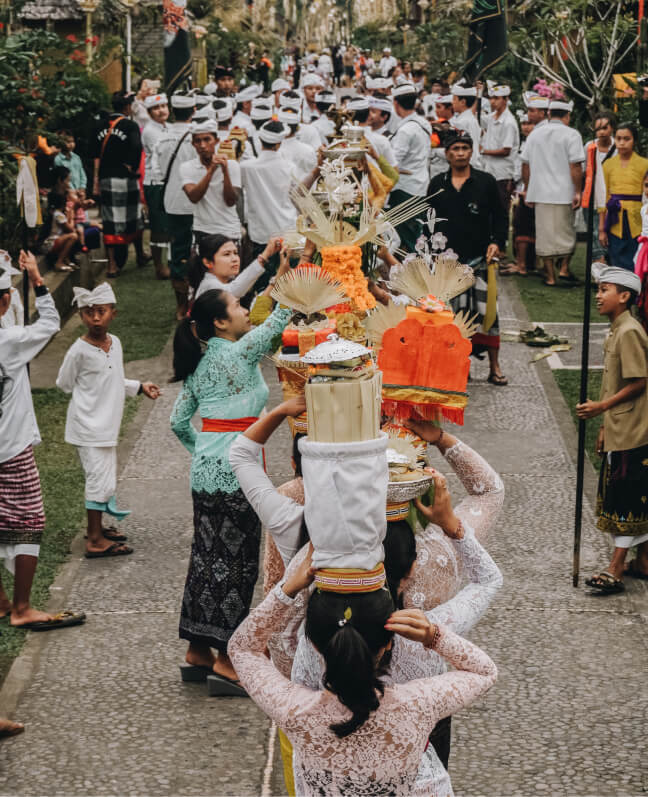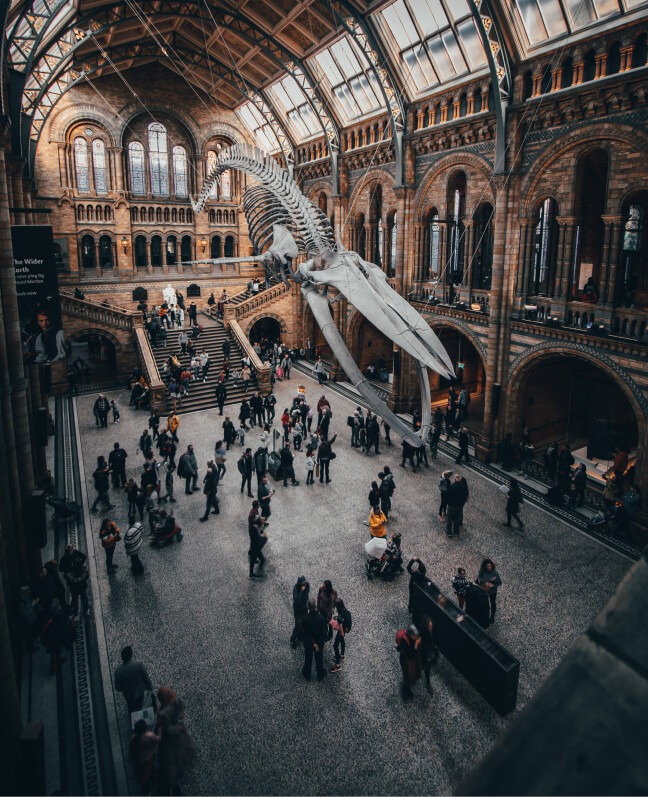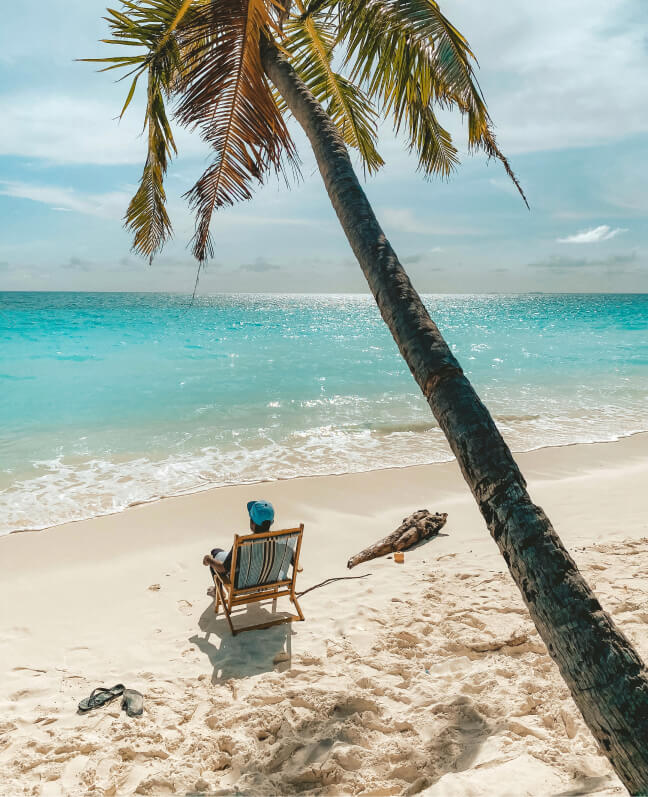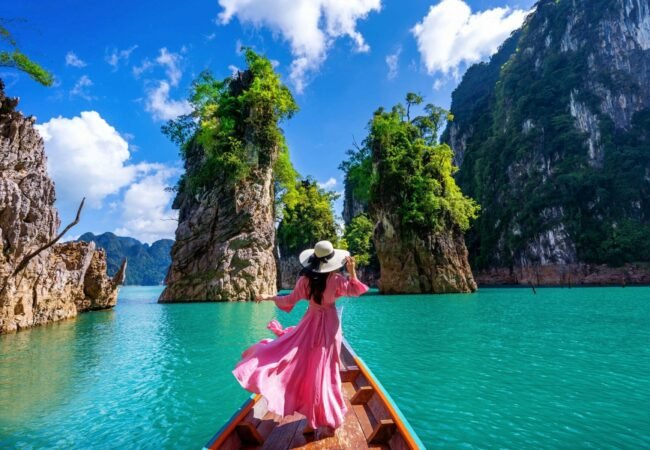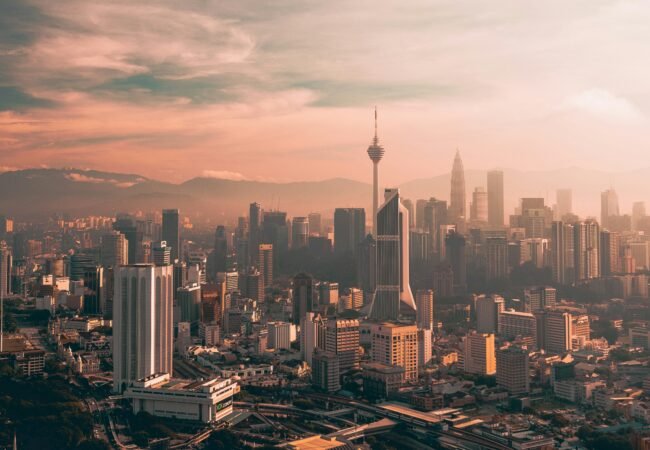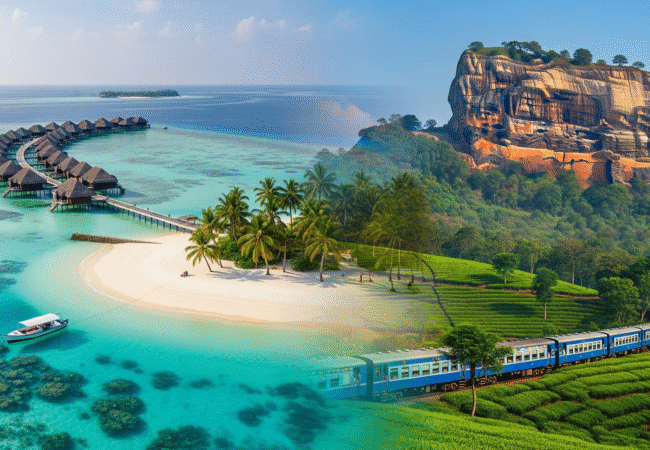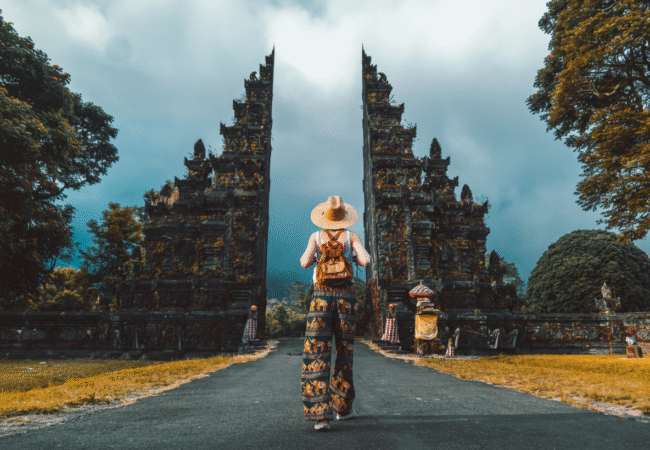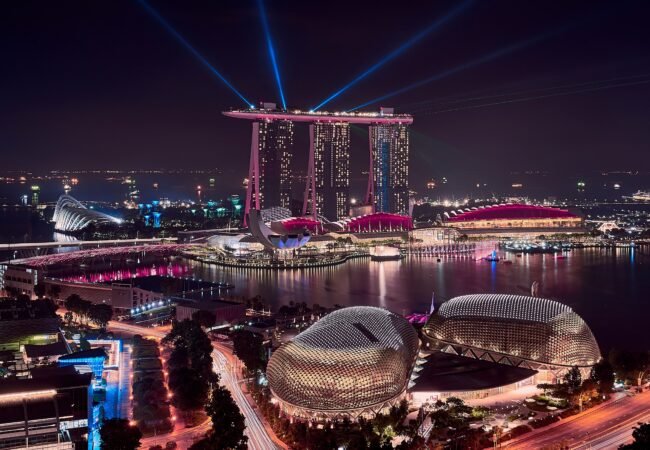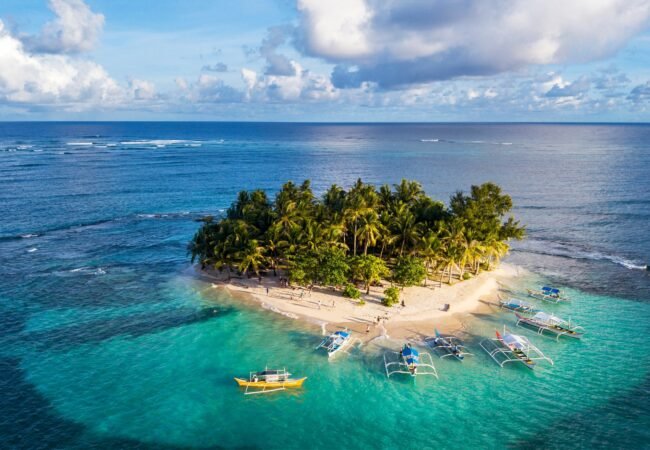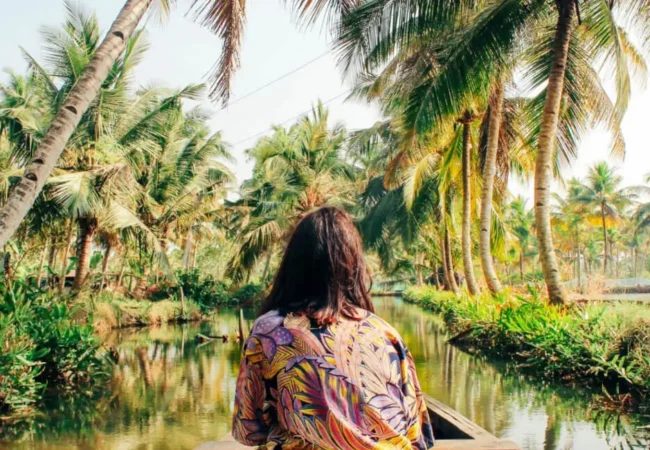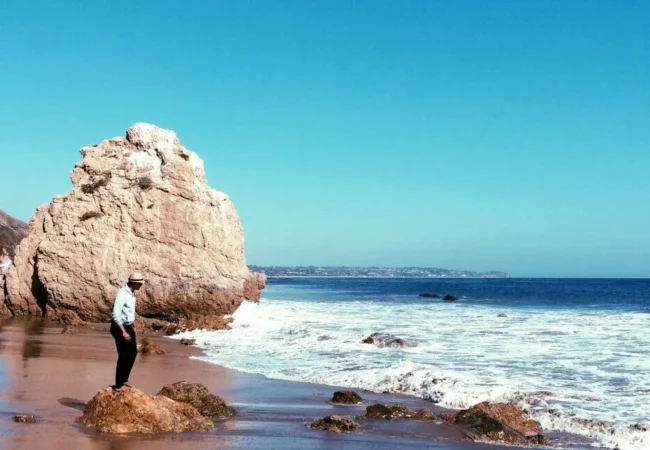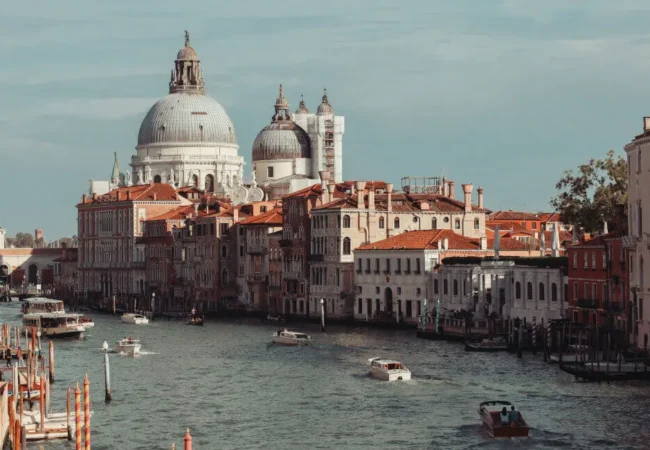Our Destinations
riotripbd@gmail.com
Philippines Tour
- Home
- Philippines Tour
The Philippines is an archipelagic country in Southeast Asia, consisting of more than 7,600 islands stretching across the western Pacific Ocean. Its history traces back thousands of years, with early settlements influenced by Austronesian migrations, maritime trade, and cultural exchanges with neighboring Asian civilizations. The Philippines became an important hub of trade, connecting China, India, and the Malay world long before the arrival of Europeans.
In 1521, Ferdinand Magellan’s expedition marked the beginning of Spanish influence, which lasted for over 300 years, shaping the nation’s language, religion, and culture. The Philippines became the first Southeast Asian country to gain independence in 1898, though it later came under American rule until the mid-20th century. After World War II, the Philippines emerged as a republic in 1946.
Today, the Philippines reflects a blend of Asian, Spanish, and American heritage. It is known for its rich cultural traditions, natural wonders, and diverse identity as both a Pacific and Southeast Asian nation. Its heritage, shaped by centuries of migration, colonization, and resilience, remains central to its national identity.
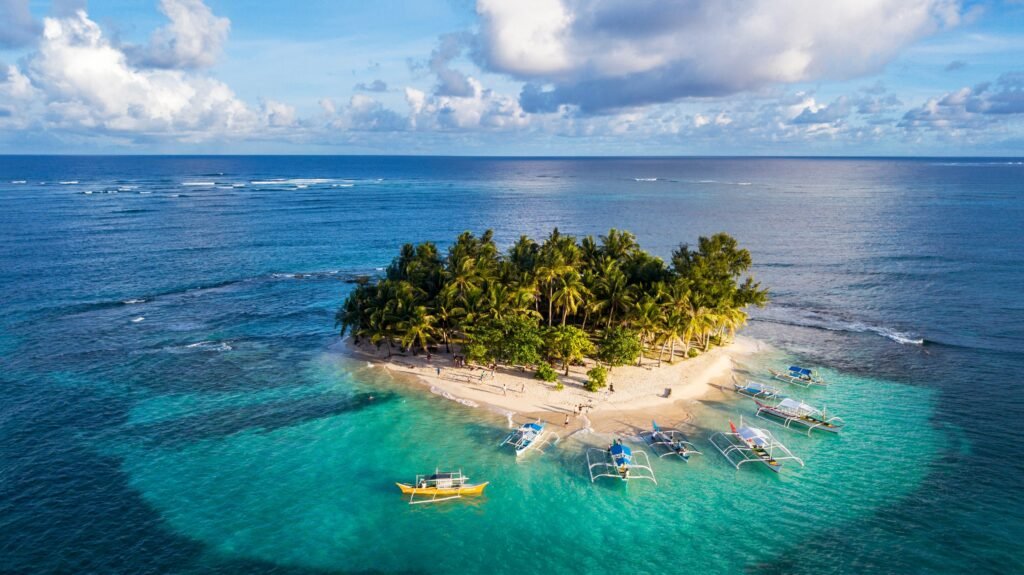
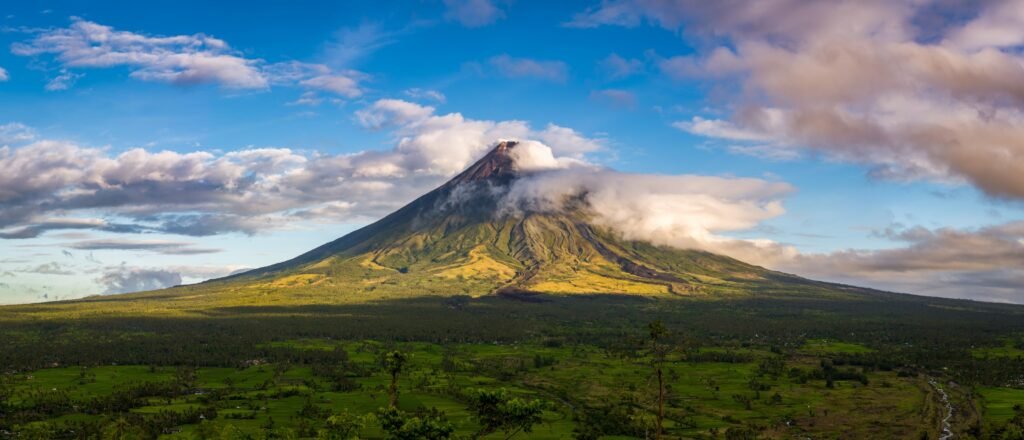
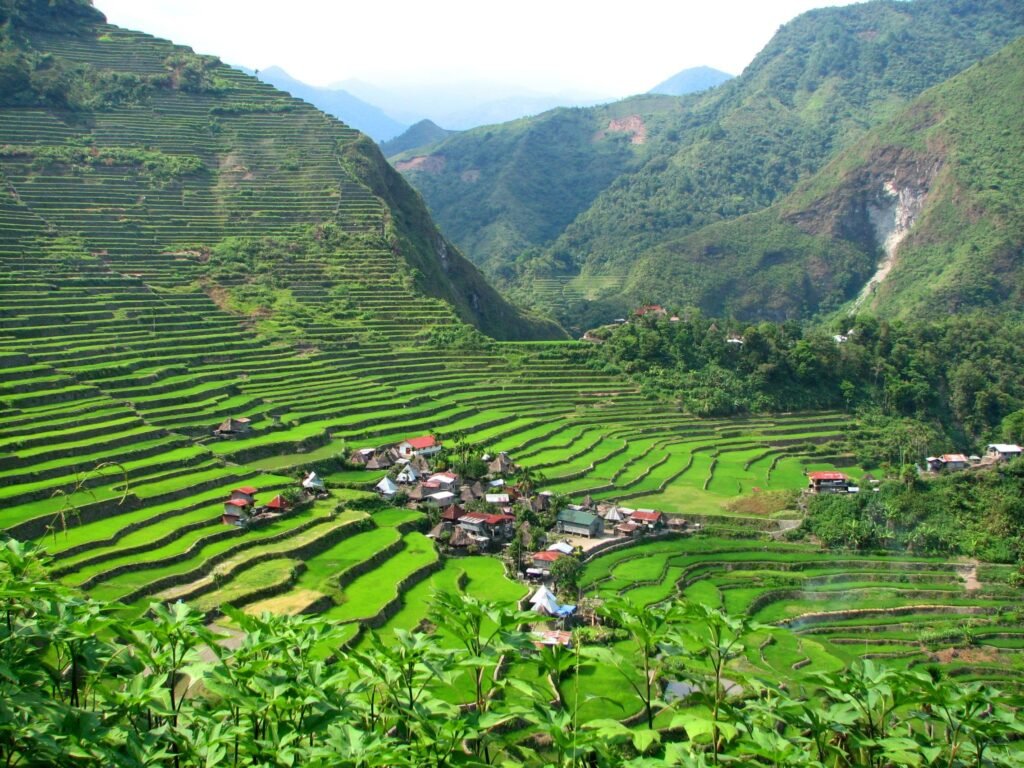
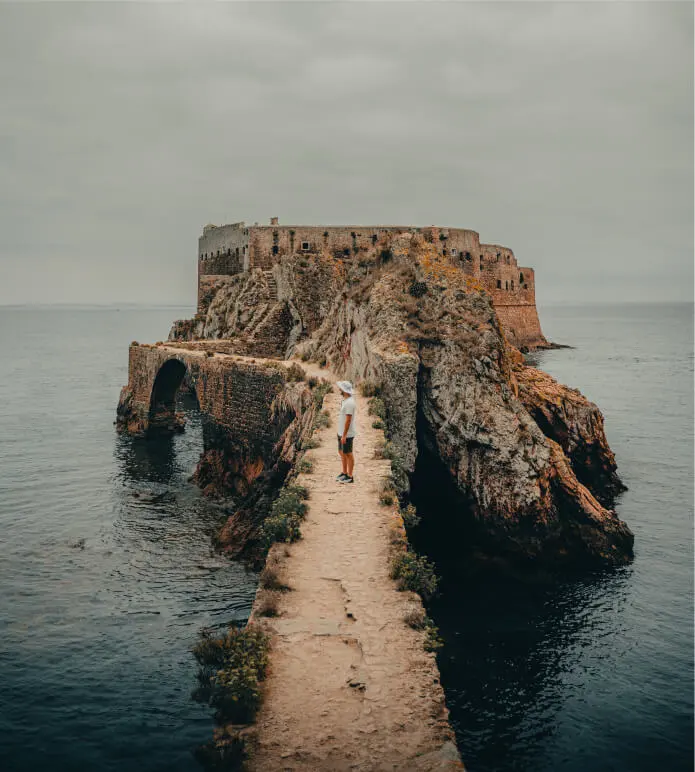
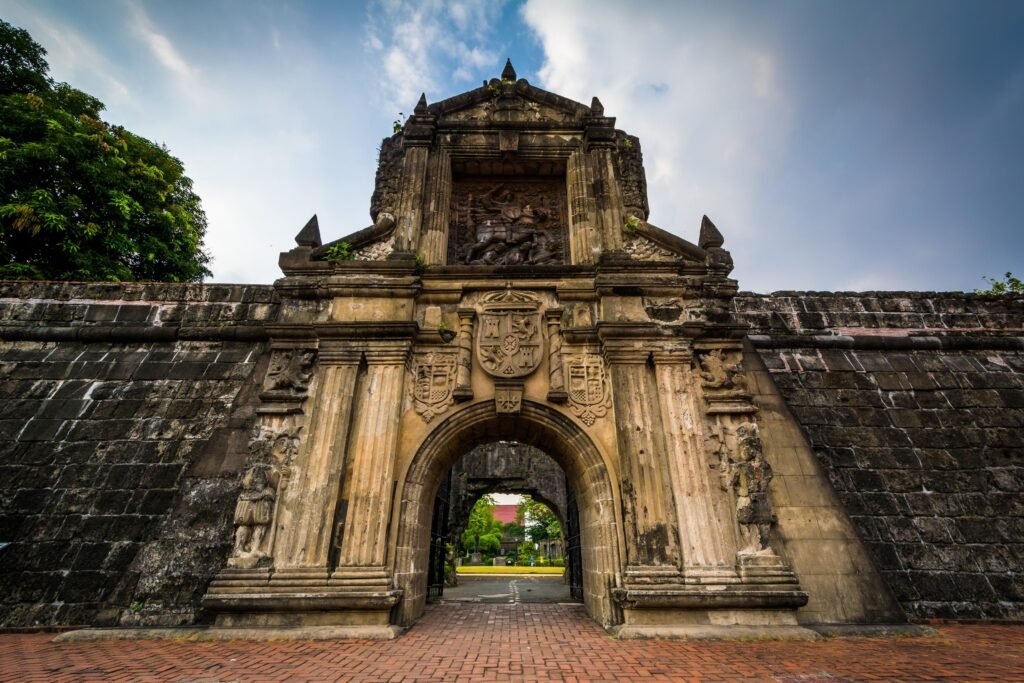
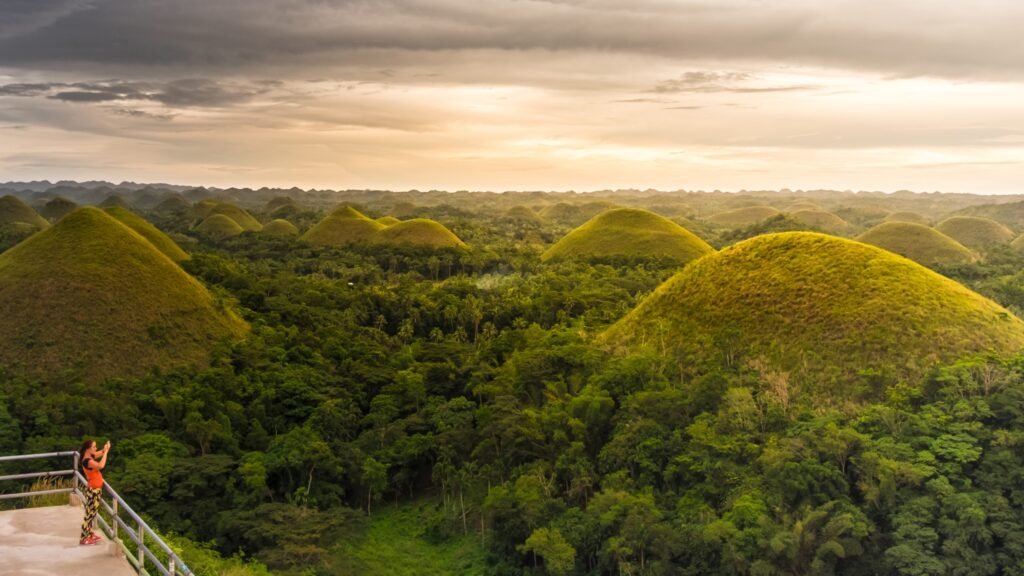
Heaven On Earth
Egypt has one of the longest histories of any country, tracing its heritage along the Nile Delta back to the 6th–4th millennia BCE. Considered a cradle of civilisation, Ancient Egypt saw some of the earliest developments of writing, agriculture, urbanisation, organised religion and central government.[15] Egypt’s long and rich cultural heritage is an integral part of its national
- Exploring ancient ruins, historical landmar.
- Immersive cultural experiences, local.
- Hiking, trekking, extreme sports, and out.
- A romantic destination like Paris, Venice.
- Kid-friendly activities, theme parks family.
- Premium accommodations, gourmet.
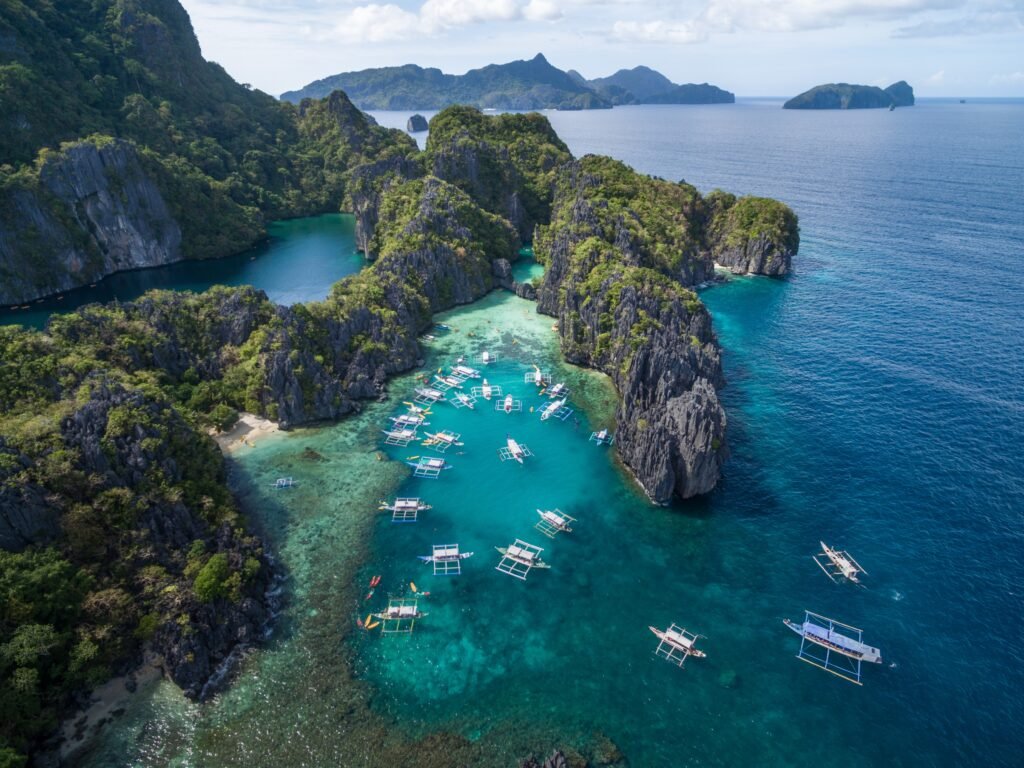
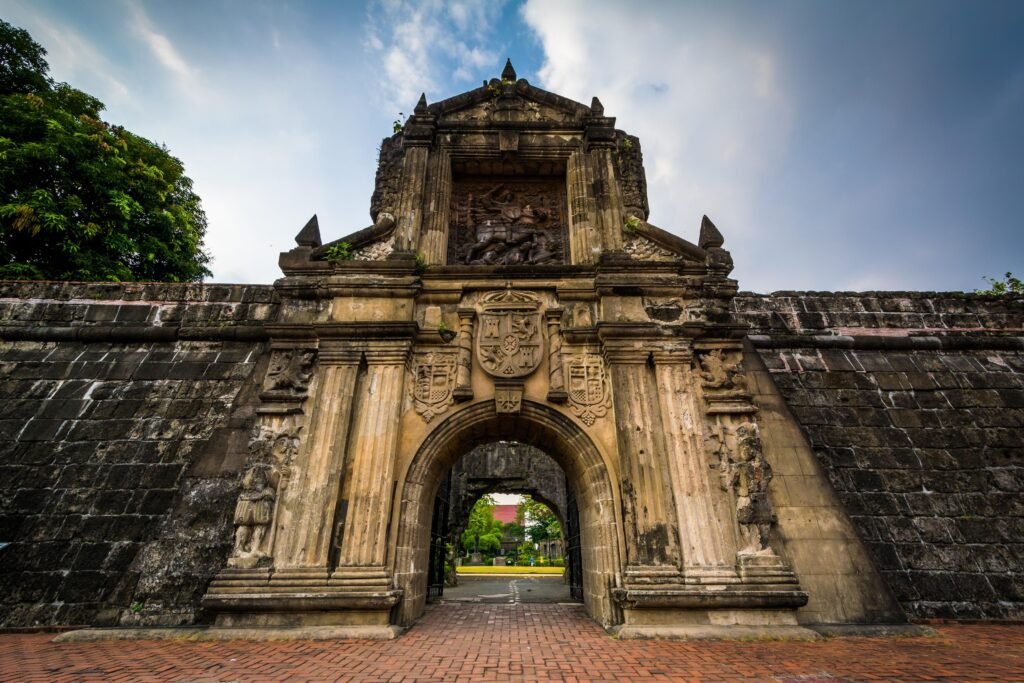
Philippines
Manila

50% Off
For Your First Book
Philippines Tour Location.
Recommended Package
Starting From:
৳ 20,500TAXES INCL/PERS
Starting From:
৳ 16,500TAXES INCL/PERS
Starting From:
৳ 35,500TAXES INCL/PERS
Starting From:
৳ 30,200TAXES INCL/PERS
Starting From:
৳ 27,500TAXES INCL/PERS
Starting From:
৳ 460TAXES INCL/PERS
Starting From:
৳ 290TAXES INCL/PERS
Starting From:
৳ 460TAXES INCL/PERS
Join The Newsletter
To receive our best monthly deals
